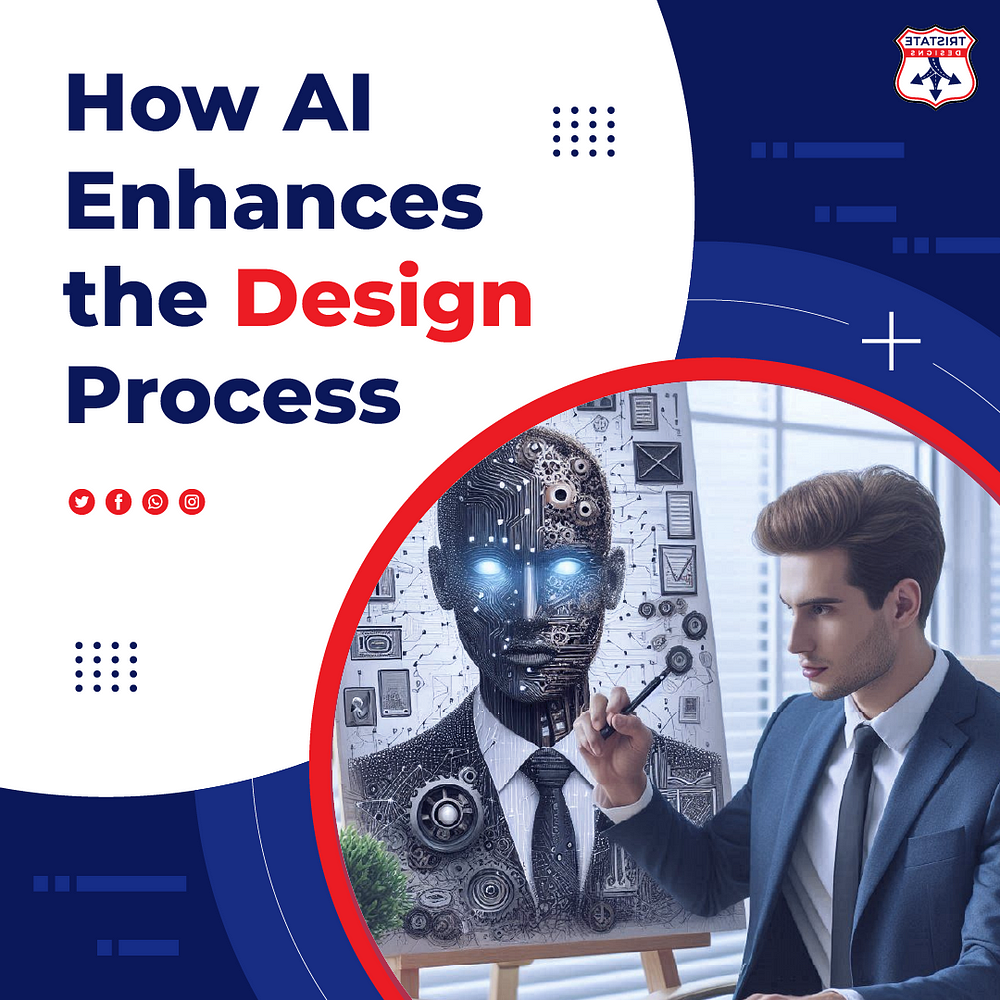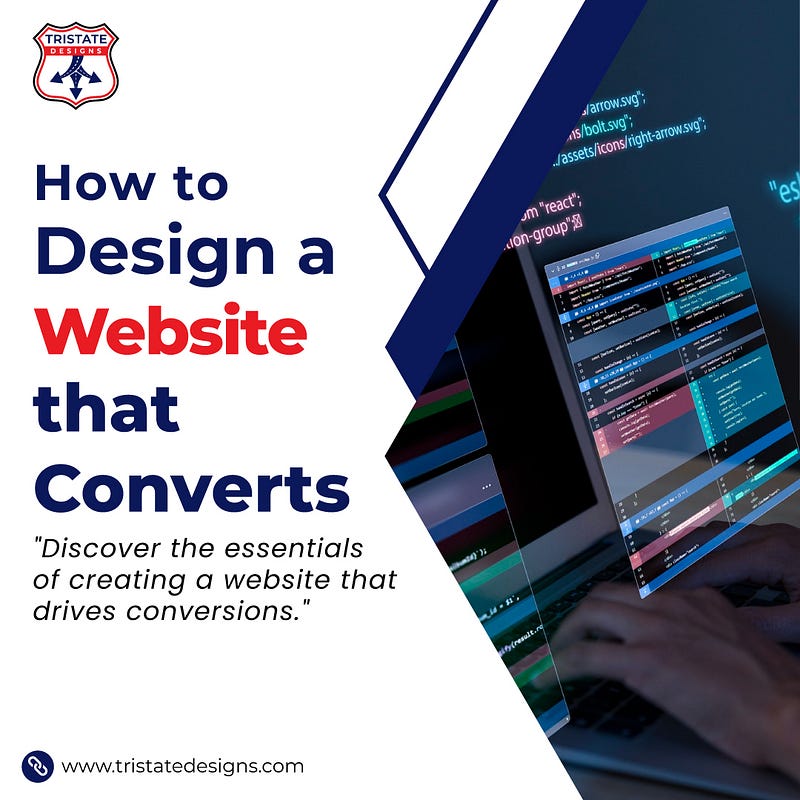Having a professional website is essential for any business looking to succeed in today’s...
How AI Enhances the Design Process

Artificial Intelligence (AI) is revolutionizing numerous industries, and the design field is no exception. By streamlining workflows, enhancing creativity, and providing data-driven insights, AI tools are transforming the way designers approach their craft. Whether you’re designing a website, creating a logo, or developing user interfaces, AI offers powerful solutions that can significantly improve the design process. In this blog, we’ll explore how AI enhances the design process and why embracing this technology is crucial for staying ahead in the competitive digital landscape.
1. Automating Repetitive Tasks
One of the most immediate benefits of AI in design is its ability to automate repetitive and time-consuming tasks. Designers often spend considerable time on tasks like resizing images, formatting layouts, or generating variations of a design. AI-powered tools can handle these tasks quickly and accurately, freeing up designers to focus on more creative aspects of their work. For example, tools like Adobe Sensei use AI to automate routine design tasks, such as cropping images, suggesting color palettes, and even generating design templates based on content.
2. Enhancing Creativity with AI-Powered Suggestions
AI doesn’t just handle the mundane; it also enhances creativity. By analyzing vast amounts of design data, AI can provide designers with suggestions for layouts, color schemes, and typography that they might not have considered. For instance, platforms like Canva and Figma use AI to recommend design elements that align with the user’s style and project requirements. This not only speeds up the design process but also opens up new creative possibilities by presenting designers with innovative ideas and inspirations.
3. Personalizing User Experiences
AI’s ability to analyze user data allows designers to create more personalized and user-centric designs. By understanding user behavior and preferences, AI can help designers tailor their creations to meet specific audience needs. For example, AI can analyze how users interact with a website and suggest adjustments to the layout or content to improve user engagement and satisfaction. This level of personalization is invaluable in today’s digital world, where users expect tailored experiences that cater to their individual needs.
4. Improving Design Accuracy and Consistency
Consistency is a key factor in effective design, and AI can help ensure that design elements remain consistent across a project. AI tools can automatically apply brand guidelines, such as color schemes, fonts, and logos, across various design components, ensuring a cohesive look and feel. Additionally, AI-powered design validation tools can check for errors and inconsistencies in layouts, such as misaligned elements or incorrect spacing, thereby improving the overall quality and accuracy of the final design.
5. Data-Driven Design Decisions
AI provides designers with valuable insights derived from data analysis. By leveraging AI, designers can access data on user preferences, engagement metrics, and industry trends, which can inform design decisions and strategies. For example, AI analytics can reveal which design elements are most effective at capturing user attention or which layouts result in higher conversion rates. This data-driven approach enables designers to make informed choices that enhance the effectiveness of their designs and align with business goals.
6. Streamlining Design Feedback and Iteration
The design process often involves multiple rounds of feedback and revisions, which can be time-consuming. AI-powered collaboration tools can streamline this process by providing real-time feedback and suggestions for improvements. For example, AI can analyze design elements and offer recommendations for optimizing performance, such as reducing load times or improving accessibility. This helps designers iterate more efficiently and ensures that the final design meets all necessary requirements and standards.
7. Expanding Accessibility and Inclusivity in Design
AI is also playing a crucial role in making design more accessible and inclusive. AI tools can help designers create content that is accessible to all users, including those with disabilities. For instance, AI can generate alt text for images, suggest accessible color contrasts, and test designs for screen reader compatibility. By integrating these features into the design process, AI ensures that digital content is usable by a wider audience, promoting inclusivity and accessibility.
8. Predicting Design Trends
The ability to predict and adapt to design trends is another area where AI excels. By analyzing vast amounts of data from social media, design portfolios, and other sources, AI can identify emerging trends and provide insights into what styles and elements are gaining popularity. This allows designers to stay ahead of the curve and incorporate the latest trends into their work, ensuring that their designs remain fresh, relevant, and appealing to modern audiences.
Conclusion
AI is transforming the design process by automating tasks, enhancing creativity, personalizing experiences, and providing valuable data-driven insights. As AI technology continues to evolve, its impact on design will only grow, offering even more opportunities for innovation and efficiency. For designers, embracing AI is not just about keeping up with the latest technology — it’s about unlocking new possibilities and pushing the boundaries of what is possible in design. By integrating AI into their workflows, designers can enhance their creativity, improve their productivity, and ultimately create better, more impactful designs.


